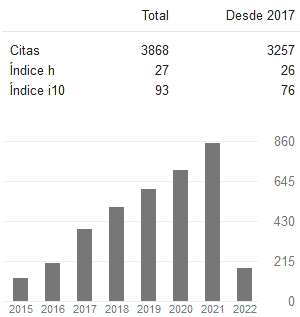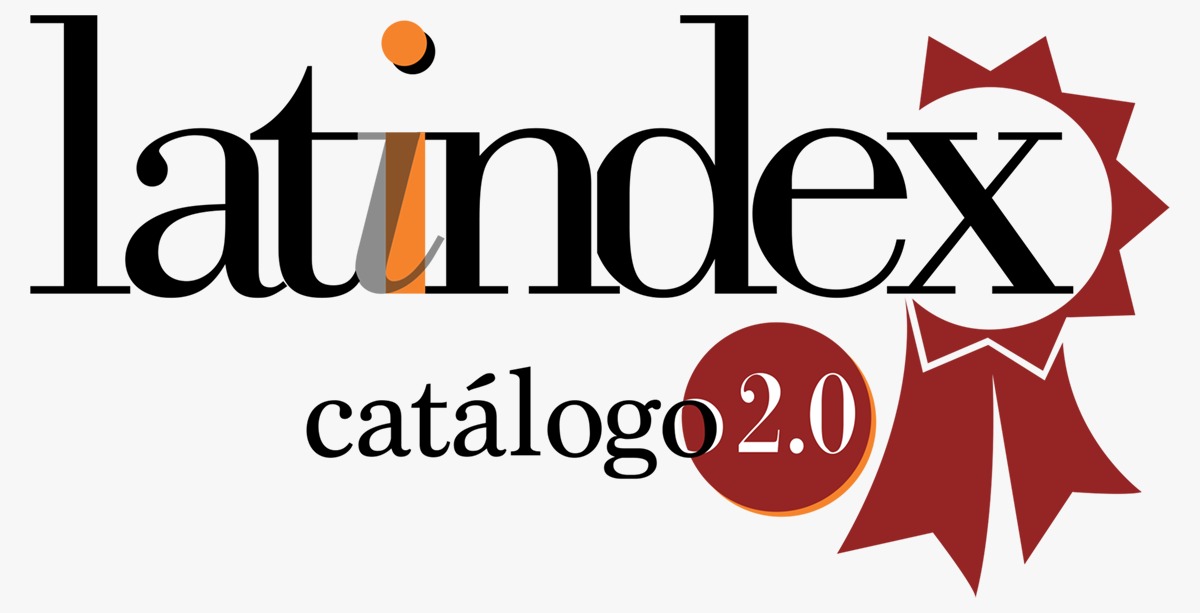Didactic treatment of algebraic structures in the Bachelor's degree in Mathematics Education
Keywords:
didactic treatment, communicative-instruction, procedure, algebraic structures, algebra.Abstract
The present research arises from the need to improve the teaching-learning process of Algebra in the Bachelor's degree in Mathematics Education through the didactic treatment of algebraic structures. The main objective is to develop and validate a new communicative-instruction procedure, which energizes the didactic treatment of these structures in the training of mathematics teachers. To achieve this, the current didactic treatment was characterized and actions and operations were proposed that optimize and guide said process. The research carried out adopted a mixed approach, combining qualitative and quantitative techniques, such as modeling, interviews, surveys and documentary analysis, applied to a sample of four professors and 18 students of the program. The results show that the procedure based on communication for the didactic treatment of algebraic structures not only improves the understanding and application of these contents, but also encourages interaction between those involved in the didactic treatment, so that components and contextual realities based on the comprehensive development of the students' personality. This result responds to the territorial Project “Strengthening mathematical competencies in children, adolescents and young people”, developed in collaboration with the Provincial Directorate of Education and the University of Las Tunas.
Downloads
References
Canter, C. (2018). Objetivos, procesos y conflictos semióticos en la práctica de Lagrange: implicancias para la enseñanza de las Estructuras Algebraicas en la formación de profesores. [Tesis de maestría, Universidad Nacional del Comahue]. http://rdi.uncoma.edu.ar/handle/uncomaid/17170
De Senna, G., & Höpner, F. C. (2023). Considerações sobre a Álgebra Acadêmica e a Álgebra Escolar: um estudo em cursos de Matemática Licenciatura [Consideraciones sobre Álgebra Académica y Álgebra Escolar: un estudio en cursos de Pregrado en Matemáticas]. Educação Matemática Debate, 7(13), 1-22.
Font, V., Planas, N. y Godino, J. D. (2010). Modelo para el análisis didáctico en educación matemática. Infancia y Aprendizaje, 33(1), 89-105.
Gamboa, M. E. (2023). Muestra correcta, resultados correctos. Cómo calcular el tamaño de la muestra para obtener información precisa. Ediciones Nuestro Conocimiento.
Gamboa, M. E., Barrero, R. I., y Velasco, A. (2024). Planificación didáctica en Educación Secundaria. Estudio de caso en la formación de docentes de Física, Química y Matemática. Editorial Académica Española.
Godino, J. D., Contreras, A. y Font, V. (2006). Análisis de procesos de instrucción basado en el enfoque ontológico semiótico de la cognición matemática. Recherches en Didactiques des Mathematiques, 26(1), 39-88.
Leal, M. M., Reyes, D., Tosca, C., Soler, M., y Peña, A. (2016). Programa de disciplina: Álgebra. Carrera Licenciatura en Educación Matemática. [Material en soporte digital].
Lizana, D., y Antezana, R. P. (2021). Representación semiótica en el aprendizaje de conceptos básicos de la estructura algebraica de grupo. Horizonte de la Ciencia, 11(21), 177-188.
Ministerio de Educación Superior. (2016). Modelo del Profesional. Plan de Estudio “E”. Carrera: Licenciatura en Educación Matemática. [Material en soporte digital].
Rico, L. (2013). El método del análisis didáctico. Revista Iberoamericana de Educación, 33(),11-27.
Sepúlveda, O. (2016). Conocimiento Didáctico-Matemático del profesor universitario para la enseñanza del objeto Grupo. [Tesis doctoral, Universidad Pedagógica y Tecnológica de Colombia]. https://librosaccesoabierto.uptc.edu.co/index.php/editorial-uptc/catalog/book/116
Silvestre, M. (2001). Aprendizaje, educación y desarrollo. Editorial Pueblo y Educación.
Downloads
Published
How to Cite
Conference Proceedings Volume
Section
ARK
License
Copyright (c) 2024 Yenet Cabrales Perdomo, Michel Enrique Gamboa Graus, Ania Domínguez Reyes

This work is licensed under a Creative Commons Attribution 4.0 International License.
Usted es libre de:
- Compartir — copiar y redistribuir el material en cualquier medio o formato
- Adaptar — remezclar, transformar y construir a partir del material para cualquier propósito, incluso comercialmente.
Bajo los siguientes términos:
- Atribución — Usted debe dar crédito de manera adecuada, brindar un enlace a la licencia, e indicar si se han realizado cambios. Puede hacerlo en cualquier forma razonable, pero no de forma tal que sugiera que usted o su uso tienen el apoyo de la licenciante.
- No hay restricciones adicionales — No puede aplicar términos legales ni medidas tecnológicas que restrinjan legalmente a otras a hacer cualquier uso permitido por la licencia.













































